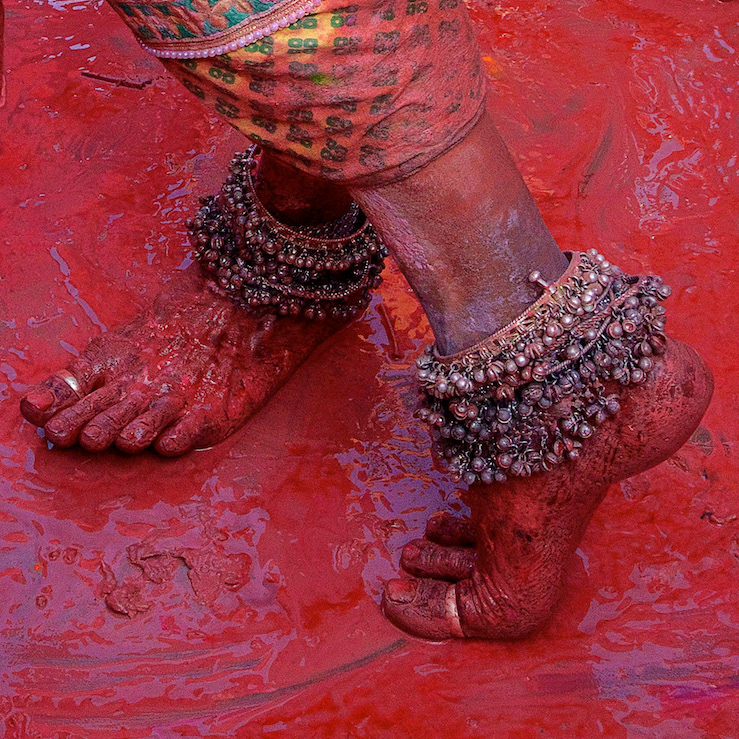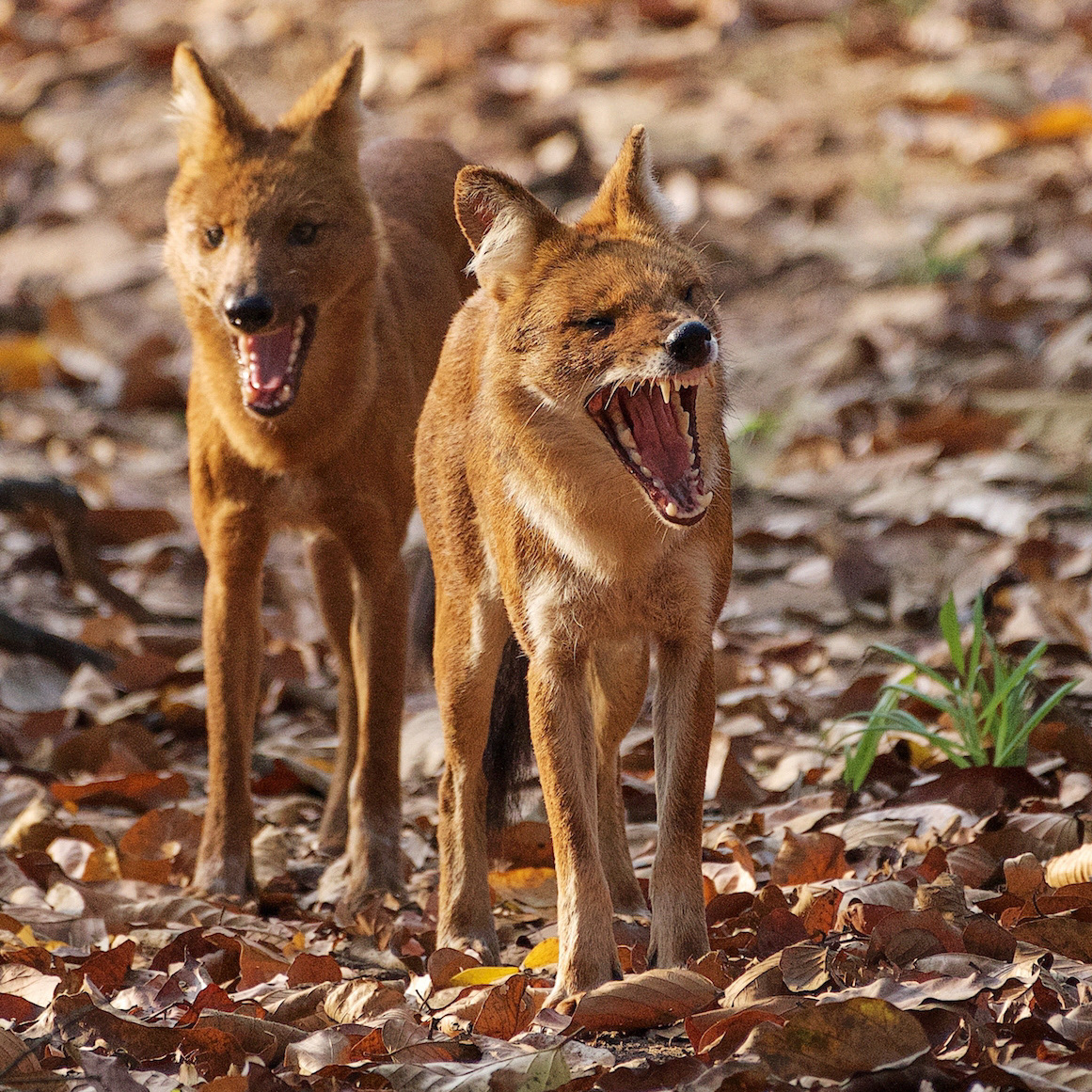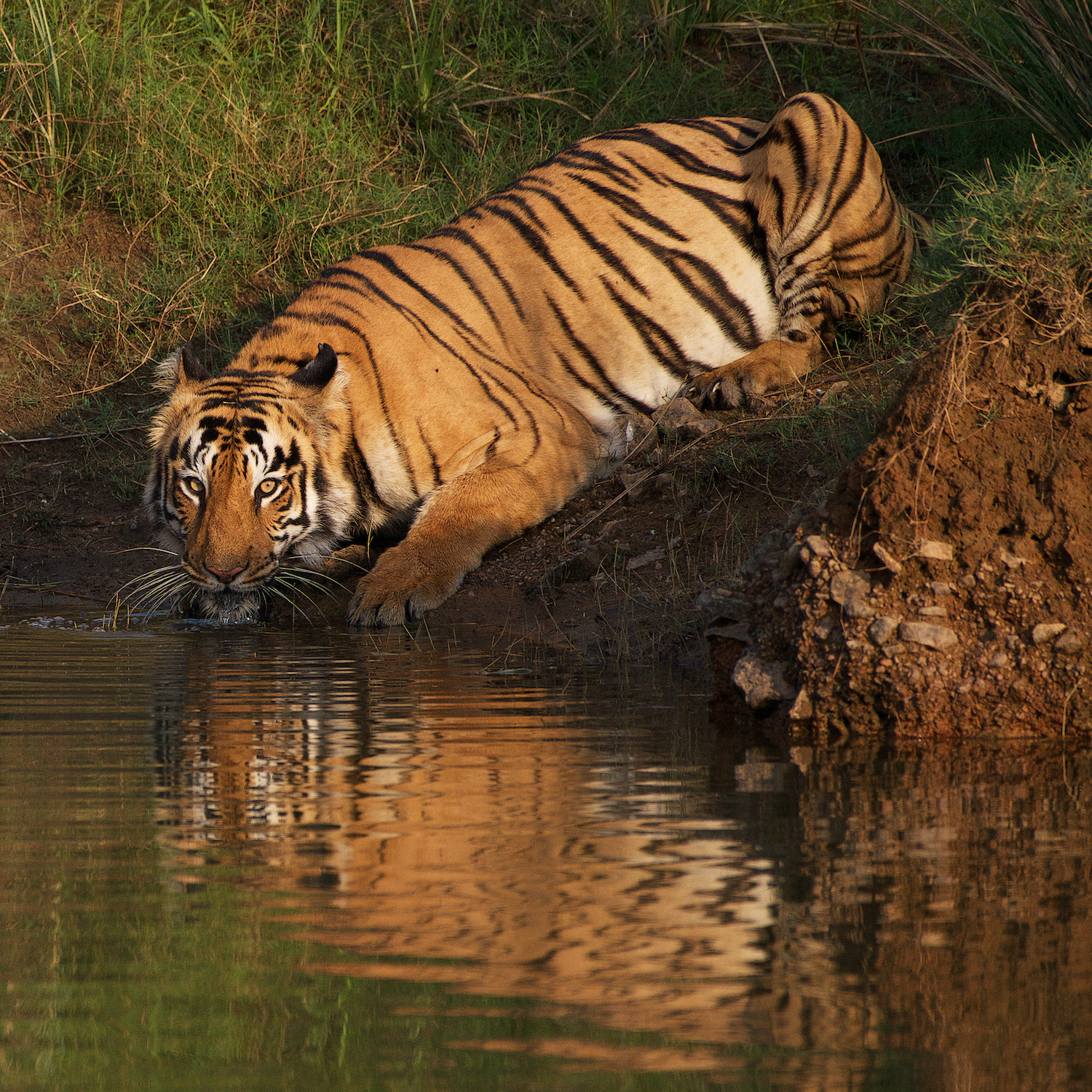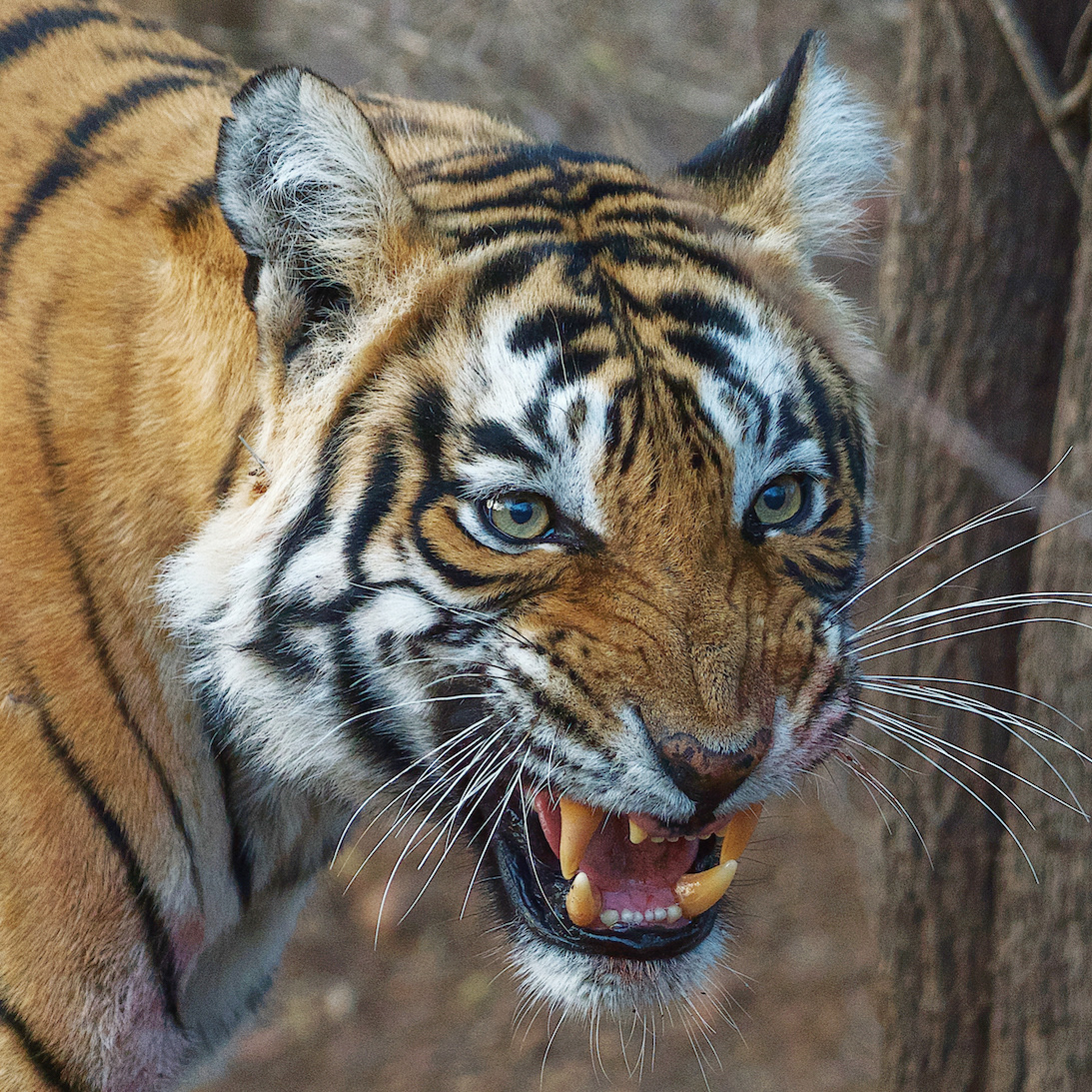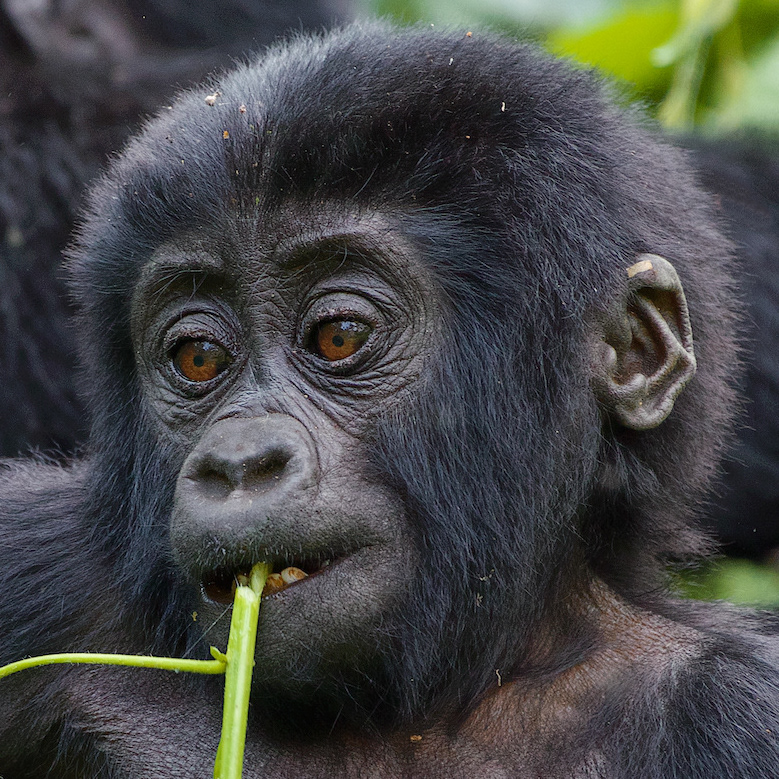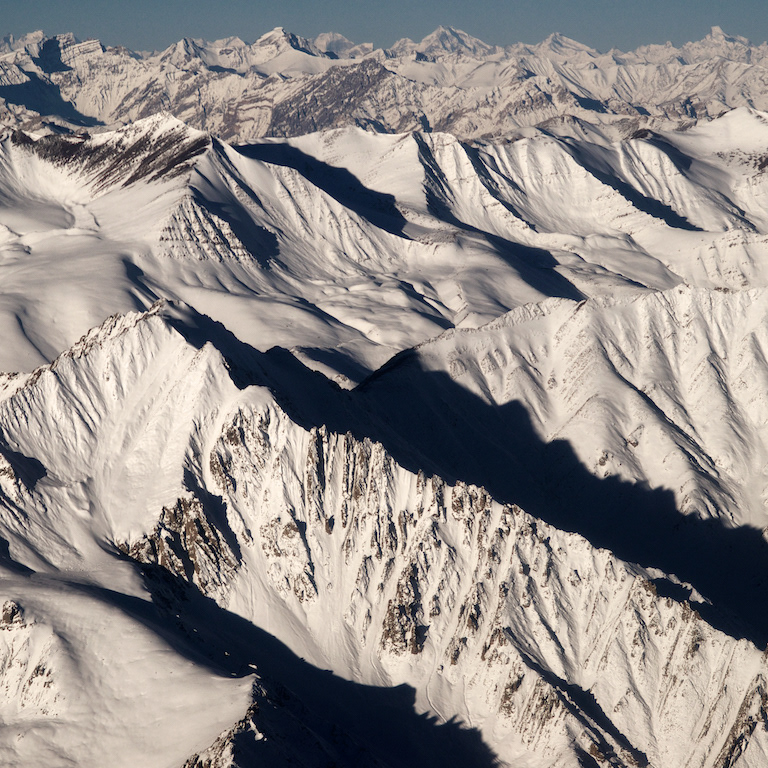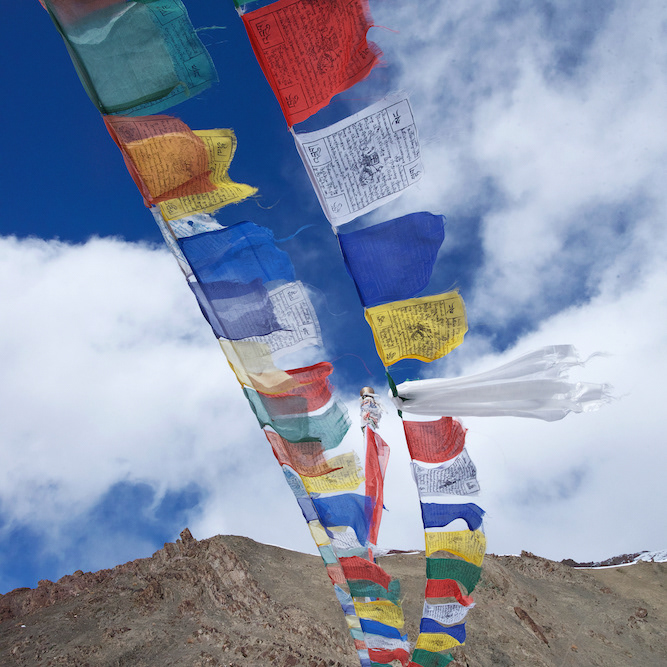Bengal Tiger
CORBETT NATIONAL PARK
Corbett National Park is located in the foothills of the Himalayas on the Ramganga River in the northern state of Uttarakhand. It is India's oldest National Park having been established in 1936 by Jim Corbett, the hunter turned conservationist. The following images were captured during a number of safaris taken in the Dhikala zone, the largest and most varied area of the park.
Pallas's Fish Eagle
Wild Elephants - female and her calf grazing together at sunrise
Sambar Deer reflected in the Ramganga river
Rhesus Macaque
Langur Monkeys
Crested Kingfisher
Sambar Deer
Fulbous-breasted Woodpecker
Bengal Tiger at full stretch chasing a spotted deer
Bengal Tiger hunting
Bengal Tiger hunting
Bengal Tiger after failed chase of spotted deer
Bengal Tiger
Sambar Deer
White-browed Wagtail
Peacock displaying to a female.
Rhesus Macaque
Crested Kingfisher
Ruddy Mongoose
Indian Roller
Wild Elephant in the early morning mist.
PANNA NATIONAL PARK
Panna National Park is in the central Indian state of Madhya Pradesh and was established in 1981.
Crimson Marsh Glider Dragonfly (male)
Nilgai (Blue bull)
Indian Marsh Crocodile
Crimson Marsh Glider Dragonfly (female)
Vultures in the treetop
Red Weaver Ants
Crimson Marsh Glider Dragonfly (male)
Vulture in flight at Vulture Point
Red Weaver Ants link themselves together to build a bridge
Red Weaver Ants
Red Weaver Ants
Crimson Marsh Glider Dragonfly (male)
Vulture soaring overhead
Red Weaver Ants
Vultures resting on the cliffs at Vulture Point
Langur monkeys play-fighting
Vulture in flight
Female Langur with young
Common Kingfisher
Vulture in flight
Langur Monkey drinking from a muddy pool
Rose-ringed Parakeet (female)
Langur Monkey
Spot the two Tiger cubs (one's on the bank and one's in the water)
Langur Monkeys play-fighting
On our seventh, and final safari, at 6.30 am, we had a brief sighting of T1 crossing the road. In early 2009 Panna was declared devoid of tigers and subsequently two female tigers were relocated there. T1 came from Bandhavgarh and is now affectionately known as The Queen of Panna. She currently has two sub-adult cubs which we had seen a few days earlier at the river, but only from quite a distance, one on the bank and one in the water (as shown in an earlier image).
